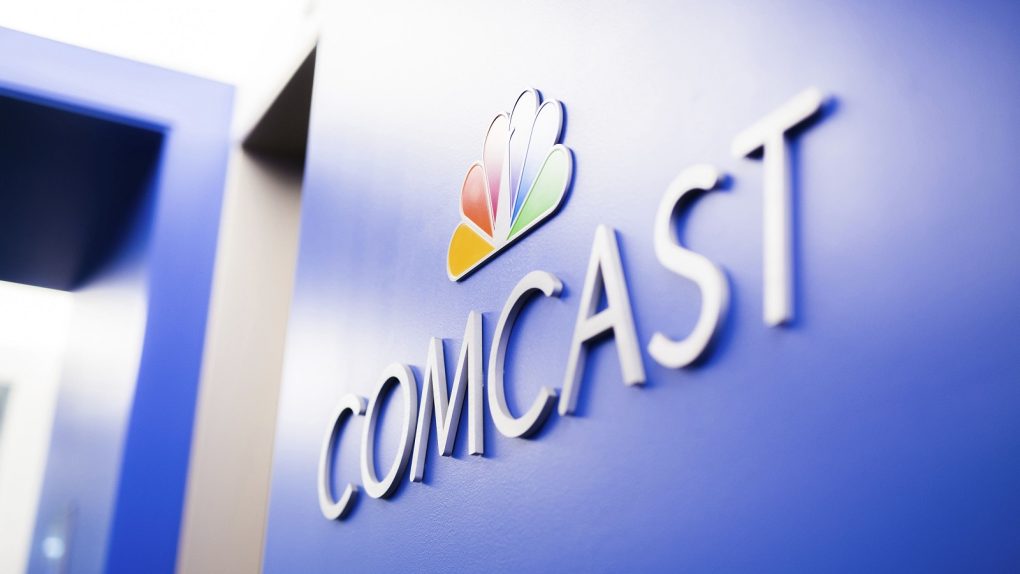Pay TV has had a rough few years, with subscriber numbers hitting record lows, new competition springing up all over the place, and mobile devices stealing the traditional role of the TV.
But despite the doom and gloom, over 90 million US households still pay for cable or satellite, compared to around 55 million Netflix subscribers in the US. A new survey from Deloitte has insights on why people are still keeping the cord, and it’s not great long-term reading if you’re a cable exec.
The most common reason cited for keeping pay TV is the ability to watch live broadcast channels, with a resounding 71 percent of subscribers saying that live content plays a role in keeping their subscription. But following close behind was subscribers who just keep cable because it’s bundled with their home internet service. 56% of respondents said that the bundle was a factor in keeping pay TV, since bundling home phone, internet, and pay TV into one service is often cheaper than getting them standalone.
That reflects the pricing model that has kept telecoms companies generating billions in profits for decades. Pay TV packages are expensive for your cable or satellite company to provide — they have to license the content from the content owners, and prices for channels have been increasing precipitously every year.
Internet, on the other hand, is a cheap service to provide once you already own the network. That’s how local municipal broadband companies are able to provide gigabit service for significantly less than traditional cable companies: Since they don’t have to worry about a pay TV infrastructure or shareholders, the initial cost to build the network can be easily paid off over years once subscribers start signing up.
But in order to protect the cable TV industry, where telecoms companies can really turn a profit, prices for standalone internet have been kept artificially high. If internet is $65 per month, but cable is “just” an additional $35, then the cable package seems like a steal — even if you’re overpaying for internet in the first place. The pricing model encourages people to keep the bundle and not sign up for standalone internet, since it works out to be a better deal.
Unfortunately for telecoms companies, the next decade could (fingers crossed) see this entire model turned upside-down. Streaming services are already coming in to the market to replace cable as a distribution method for pay TV, which means easy access to cheap internet is the only thing standing between the big cable companies and a mass exodus of subscribers.
That’s where wireless internet could make all the difference. Fixed-wireless 5G (or even Elon Musk’s crazy space internet) should make developing a home internet infrastructure so much cheaper. Rather than running a wire to every single house on the street, a company just has to get a fiber-optic cable to a wireless tower 2,000 feet away, and stick a receiver in the house. Google is already investigating fixed-wireless 5G, as are Verizon and AT&T, two companies that currently only serve a fraction of homes with their wired internet.
Assuming that fixed wireless can bring down the cost of internet (and finally make the home internet market competitive!) then people are going to have no reason to stay with their cable company. The result? Even faster cord-cutting than what we’ve already seen, and much happier customers.










